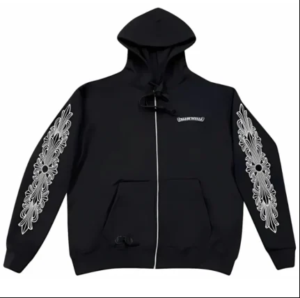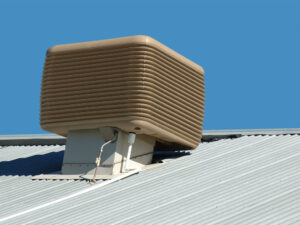Understanding the Crucial Role of Artery Forceps in Modern Surgery
Introduction to the Role of Artery Forceps
Artery forceps are essential surgical tools widely used in hospitals, clinics, and operating rooms across the world. Their main purpose is to control bleeding and hold tissues during surgery. The role of artery forceps is not limited to one function—they assist in many critical tasks during both major and minor procedures. These instruments have become a permanent part of surgical toolkits due to their precision and ease of use.
How Artery Forceps Help in Bleeding Control
One of the most important uses of artery forceps is controlling bleeding. During surgery, unexpected bleeding can happen at any time. Surgeons rely on artery forceps to clamp blood vessels and stop blood flow. This helps maintain a clear field of vision and prevents blood loss. The grip of the forceps ensures the vessel stays shut until the surgeon can either tie it off or cauterize it. This task is a core part of every operation, making the role of artery forceps vital in all types of surgical settings.
Tissue Handling Made Easy
Artery forceps also help in holding and separating tissues during procedures. When a surgeon needs to work on a deep area of the body, other tissues must be moved aside. Using artery forceps, doctors can hold these tissues in place without causing damage. This allows for better visibility and access to the targeted area. It also ensures the procedure is done with greater accuracy and less trauma to the patient.
The Role of Artery Forceps in Stitching
After completing the main surgical procedure, closing the wound properly is very important. Surgeons use artery forceps to assist in stitching by holding the needle or guiding the thread through the tissue. This improves accuracy and makes the process faster. The firm grip of the forceps ensures that suturing is done smoothly, especially in hard-to-reach or deep areas. Without tools like artery forceps, closing wounds would be more difficult and time-consuming.
Types of Artery Forceps and Their Uses
There are several types of artery forceps, and each serves a different purpose. Straight artery forceps are used for surface-level procedures, while curved ones are better for deep or angled areas. Mosquito forceps are smaller in size and used for delicate work, especially in pediatric or dental surgeries. Larger types such as Rochester forceps are designed for stronger vessels and deeper tissues. Choosing the right type of artery forceps depends on the specific need during the procedure. Understanding the types of artery forceps helps improve outcomes and ensures safe and efficient surgical work.
The Use of Artery Forceps in Emergency Care
In emergency situations, speed and control are critical. The role of artery forceps becomes even more important when a trauma patient is rushed into surgery. Bleeding must be stopped immediately to save the patient’s life. Artery forceps are used to clamp damaged vessels quickly and reduce blood loss. Their ease of use makes them ideal for fast response. Emergency doctors and trauma surgeons rely on artery forceps to stabilize patients before more detailed procedures can begin.
Application in Minor Surgical Procedures
The use of artery forceps is not limited to large operations. They are also used in smaller, routine procedures such as mole removal, wound cleaning, or abscess drainage. In such cases, artery forceps help hold tissue, remove foreign materials, or manage bleeding. They offer more control and precision than working with hands alone. Their presence in minor procedures shows their wide role across all areas of healthcare.
Training Future Surgeons
Medical students and surgical trainees learn how to use artery forceps early in their education. Practicing with these tools helps build hand control, timing, and coordination. Knowing how to apply pressure, hold tissue, or manage bleeding using artery forceps is a basic skill. These tools are part of most medical training kits. The role of artery forceps in education ensures that every future surgeon is familiar with them before performing real surgeries.
Durability and Easy Maintenance
Artery forceps are usually made from stainless steel, which makes them durable and reusable. They are easy to clean and sterilize. This ensures they can be used again in many procedures without risk. Their strong design allows them to perform the same task over and over without bending or breaking. Their long life and low maintenance make them cost-effective tools for healthcare centers of all sizes.
Importance in Veterinary Medicine
The role of artery forceps extends to animal care as well. Veterinarians use them in surgeries and treatments for pets and farm animals. The same functions—bleeding control, tissue handling, and stitching—apply in veterinary procedures too. Their use in both human and animal care reflects their importance across medical fields. Different types of artery forceps are used based on the size and condition of the animal being treated.
Conclusion: A Reliable Tool With a Major Role
The role of artery forceps in surgery and medical care is clear and significant. From managing bleeding to assisting in stitching, these tools are involved in every step of a procedure. Their strong build, various types, and ease of use make them ideal for many surgical needs. Understanding the types of artery forceps and knowing when to use each one is vital for successful surgery. Whether in human medicine, animal care, emergency situations, or training rooms, artery forceps continue to play a key part in safe and efficient medical care.
For more info visit Artema Med












